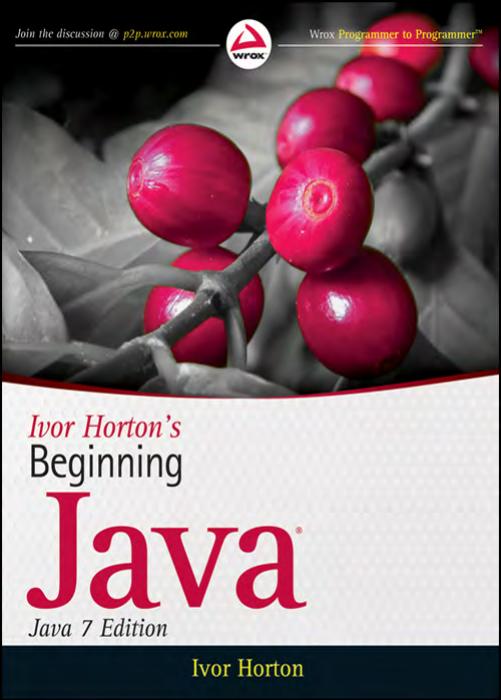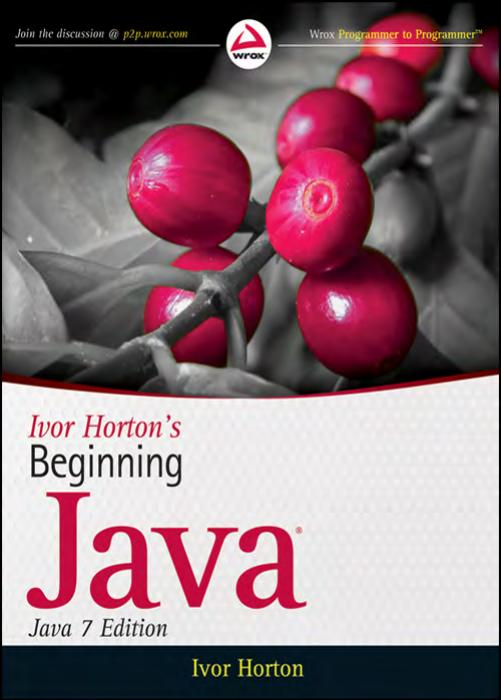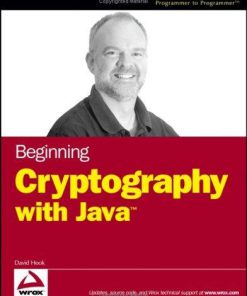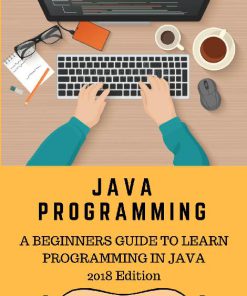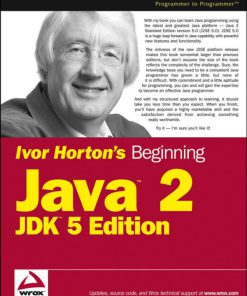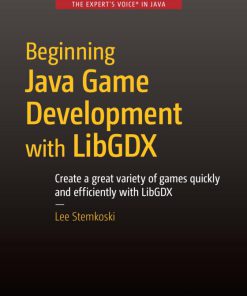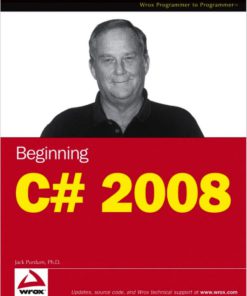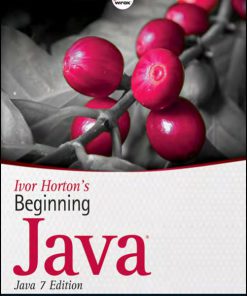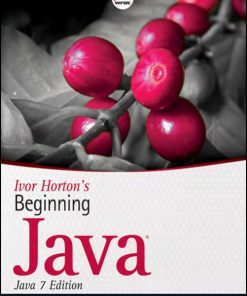Ivor Hortons Beginning Java 7 1st Edition by Ivor Horton 0470404140 978-0470404140
Original price was: $50.00.$25.00Current price is: $25.00.
Authors:Ivor Horton , Series:IT & Computer [36] , Tags:Computers; Languages; Java; Programming; General , Author sort:Horton, Ivor , Ids:Google; 9781118173411 , Languages:Languages:eng , Published:Published:Aug 2011 , Publisher:John Wiley & Sons , Comments:Comments:Find out why thousands have turned to Ivor Horton for learning Java Ivor Horton’s approach is teaching Java is so effective and popular that he is one of the leading authors of introductory programming tutorials, with over 160,000 copies of his Java books sold. In this latest edition, whether you’re a beginner or an experienced programmer switching to Java, you’ll learn how to build real-world Java applications using Java SE 7. The author thoroughly covers the basics as well as new features such as extensions and classes; extended coverage of the Swing Application Framework; and he does it all in his unique, highly accessible style that beginners love. Provides a thorough introduction to the latest version of the Java programming language, Java SE 7 Introduces you to a host of new features for both novices and experienced programmers Covers the basics as well as new language extensions and classes and class methods Guides you through the Swing Application Framework for creating Swing apps Uses numerous step-by-step programming examples to guide you through the development process There’s no better way to get thoroughly up to speed on the latest version of Java than with Ivor Horton’s latest, comprehensive guide.

